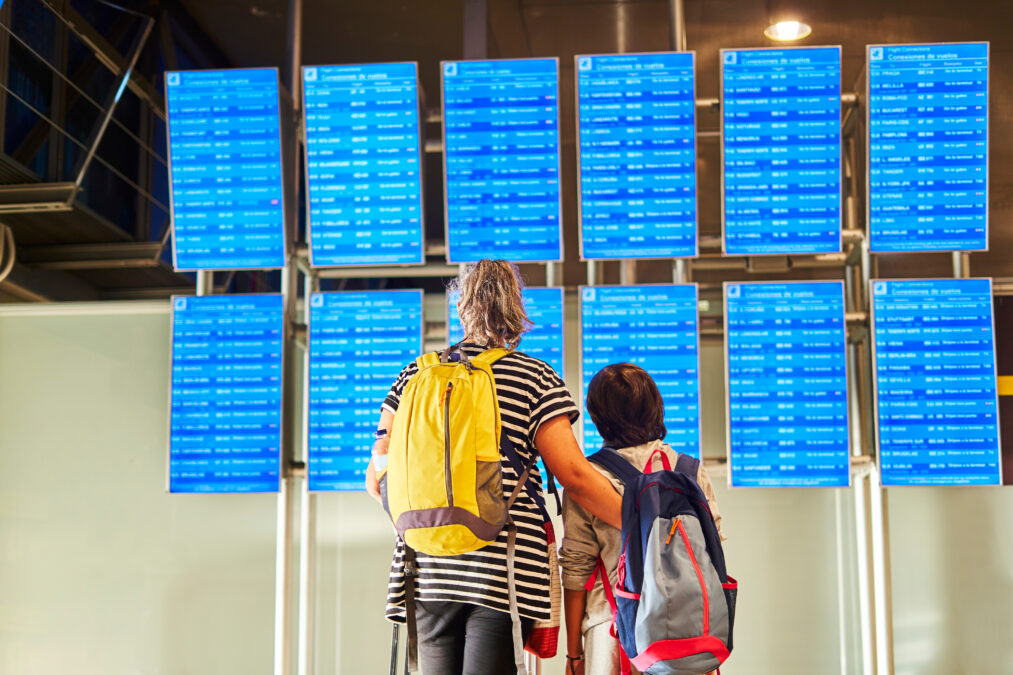Smart city initiatives, such as intelligent transportation, are developing rapidly around the world and for good reason. Smart cities not only promote better community service and government efficiency, but the potential for increased public safety and business success as well.
>Read more on Why businesses and society need smart cities
Transportation systems are a key component of any city – the arteries if you will – and, as technology has developed to create intelligent transportation systems, this critical infrastructure should be included in any smart city initiative.
As an example, passenger and freight rail systems, both national and local, are comparatively open environments without the invasive security procedures we see in other critical infrastructure areas, such as the aviation segment.
However, rail systems remain attractive potential terrorist targets, as evidenced by several prior attacks. Add to this the challenge of aging infrastructure – bridges and tunnels – and the safety and security of our rail system grow more vulnerable each day.
In addition, transportation critical infrastructure sectors rely on technology to manage daily incidents and keep commerce moving. Airports, seaports and transit agencies are complex, dynamic environments with public areas, employee-only access zones, construction sites and vast perimeters. Security is often a shared responsibility that requires coordination and collaboration among local, state and security agencies. There are a variety of overlapping authorities that demand effective communication networks.
Defining intelligent transportation
Intelligent transportation must be a first step in the smart city movement. This could include monitoring traffic patterns, highly trafficked pedestrian areas, metro stations, coordinating train times and much more. When cities host large events that increase traffic and security concerns, it becomes increasingly clear that any smart city initiative must begin with intelligent transportation.
>Read more on Connected transport powering smart city growth
Intelligent transportation can improve overall situational awareness while enhancing interoperability and the ability to share information quickly. It provides a holistic approach to risk management as it fortifies emergency preparedness and response capabilities for cities, including fare evasion, vandalism or violence, medical emergencies, track obstructions and other similar types of disruptive events. Some large cities have already taken steps to enhance their transportation systems’ intelligence as part of their smart city initiative.
Centralising a system
One such example, the Joint Transportation Management Center (JTMC), based in New York City, is the largest transportation center in North America. JTMC’s Converged Security and Information Management (CSIM) installation covers hundreds of miles of the state arterial system and incorporates more than hundreds of cameras, vehicle detectors, variable message signs and numerous highway advisory radios.
Its mission is focused on around-the-clock coordination and communication to manage daily transportation incidents and reduce congestion on some of the busiest expressways in the world.
The command centre now unifies multiple agencies with disparate technologies, including the New York State Department of Transportation Region 11, the New York City Department of Transportation, the New York Police Department, the Federal Highway Administration and other partner agencies in the metropolitan area. This provides intercommunication and collaboration between the agencies that have saved countless hours of work to share information.
Improving the approach
As state and local governments begin to revamp transportation, it is crucial to analyze the available data to create new approaches. Rather than focusing on the short-term fixes, cities and states can find holes where smart transportation solutions can resolve major issues. This leads to improved traffic flow, better roads, and can even help support law enforcement by identifying safety hazards and where cameras should be installed.
Through a common operating picture and enhanced interoperability among multi-jurisdictional partners, cities can connect and correlate information from across disparate devices and present intelligent views to operators who can then more effectively and efficiently monitor and manage their region.
Intelligent transportation is an important component of any smart city. Sound, safe and connected transportation systems should be considered a key pillar for all smart cities. In fact, all smart city initiatives should start with enhancing the intelligence of the cities’ transportation systems.
Sourced by James I. Chong, founder and CEO of Vidsys










